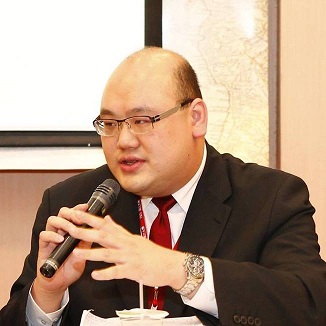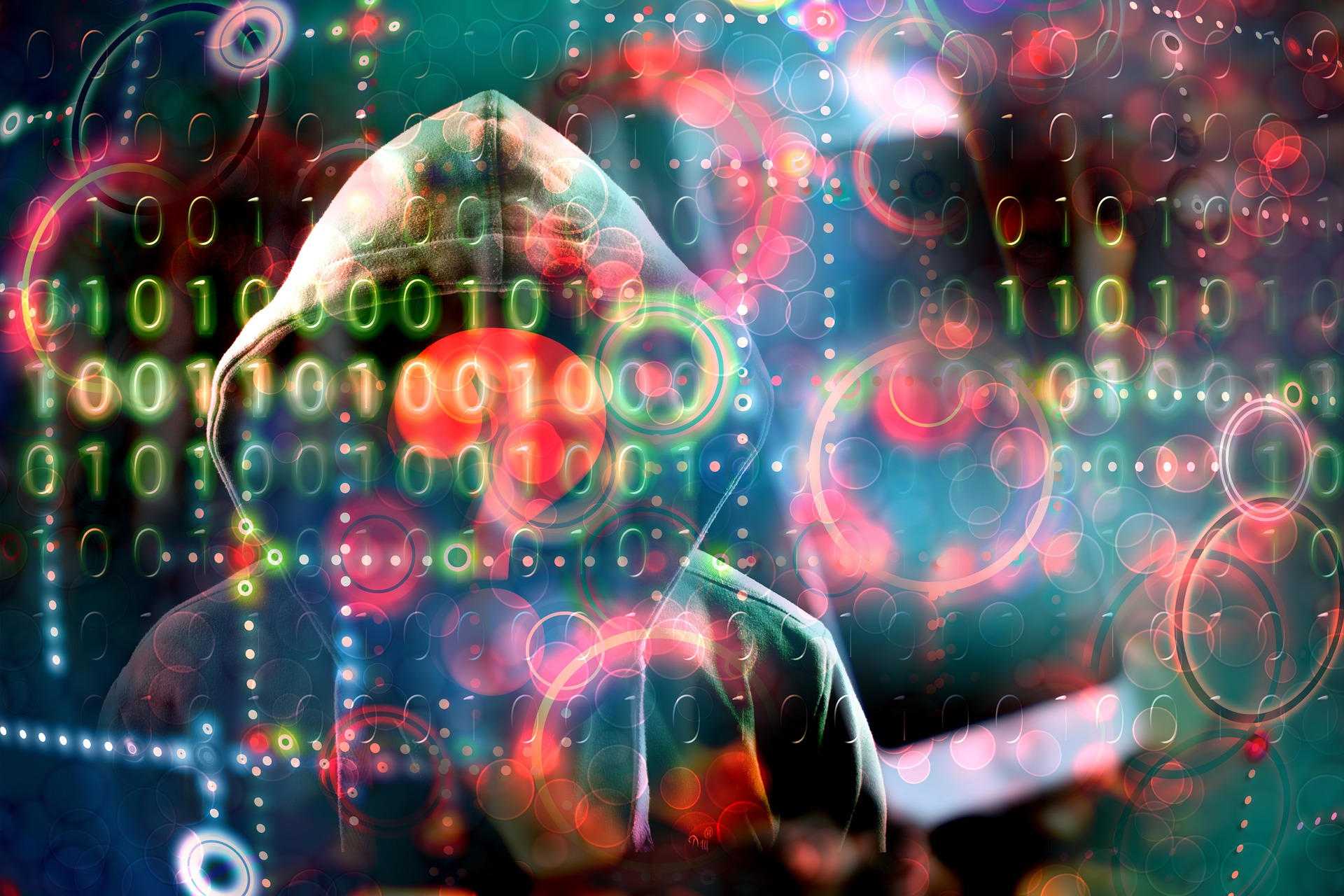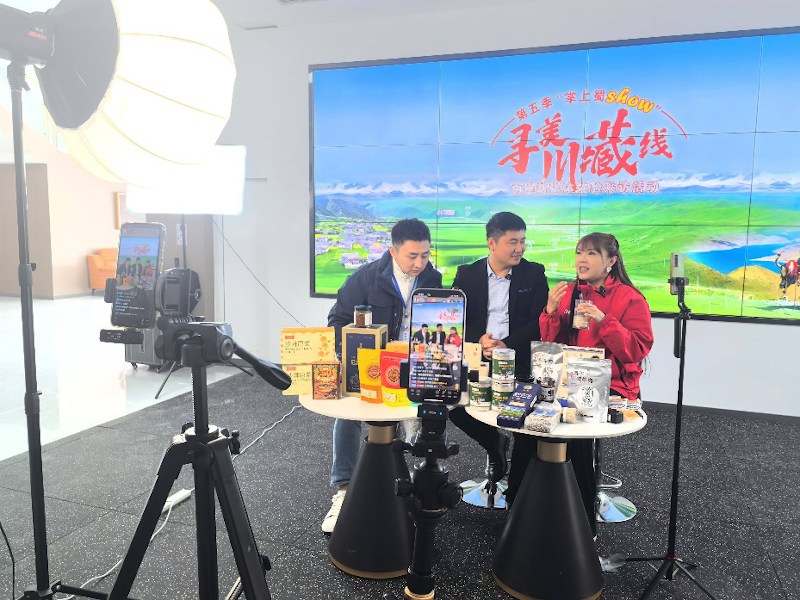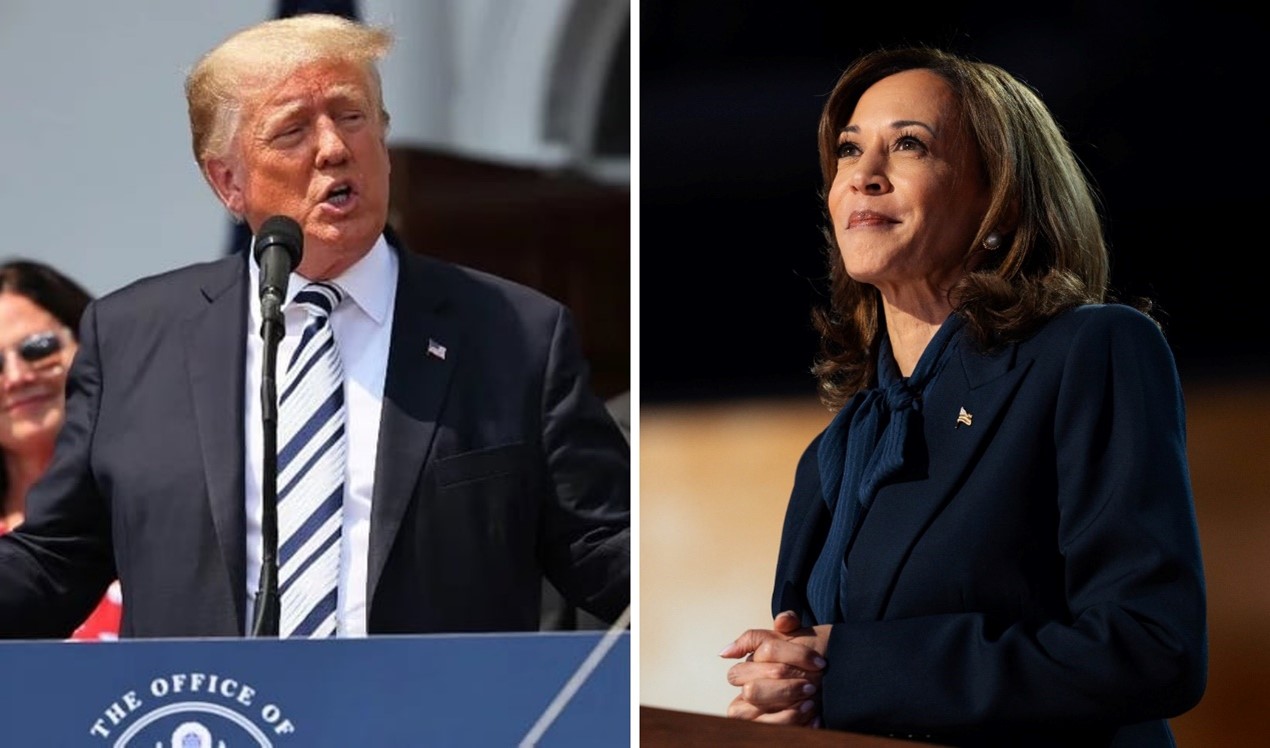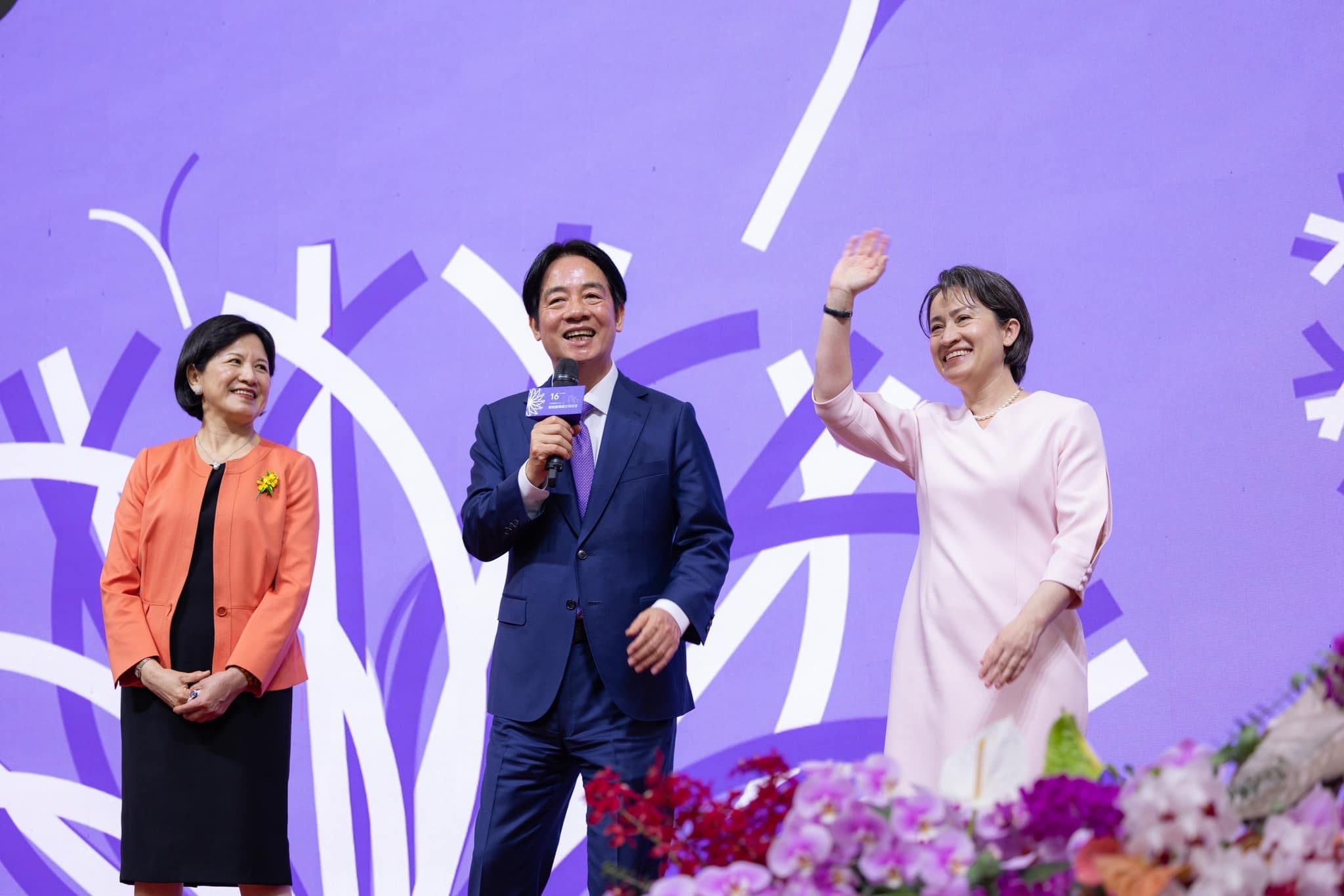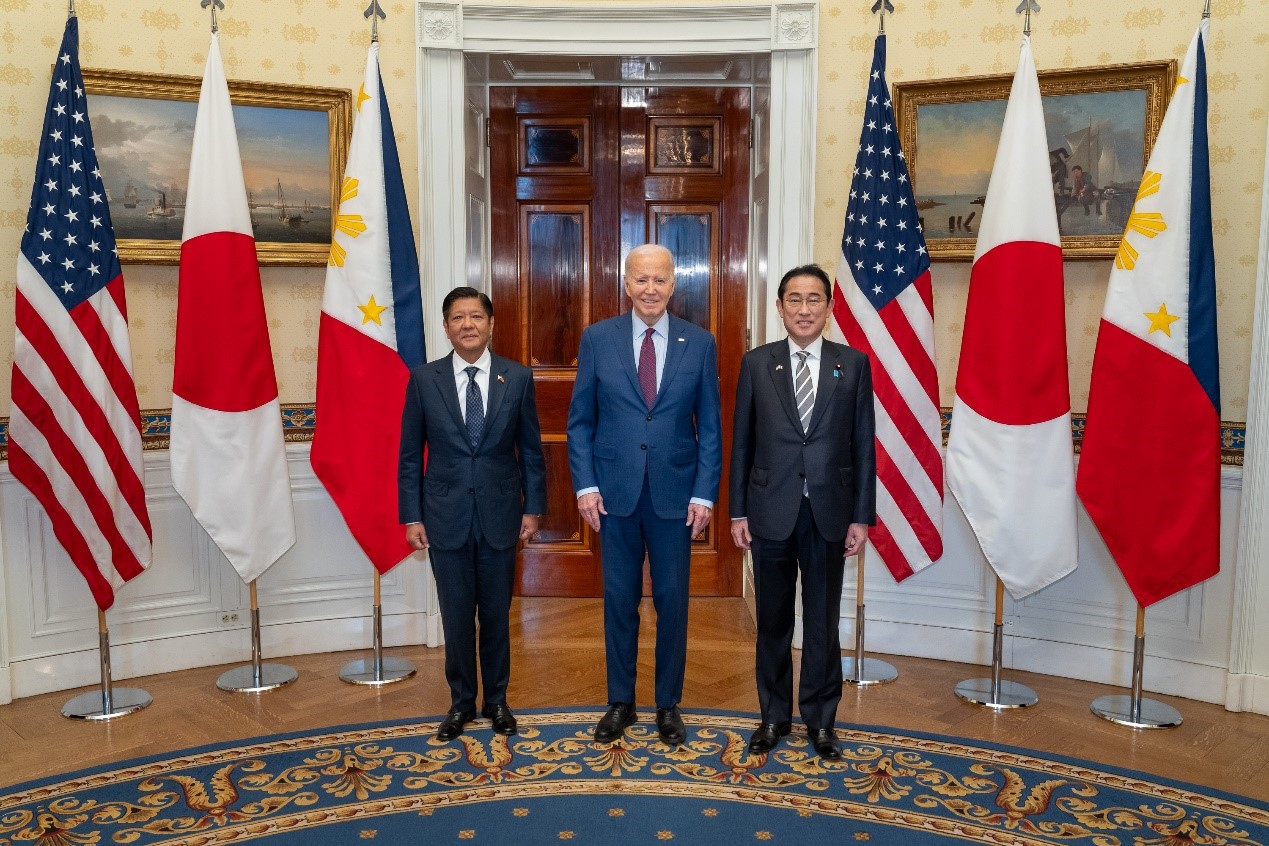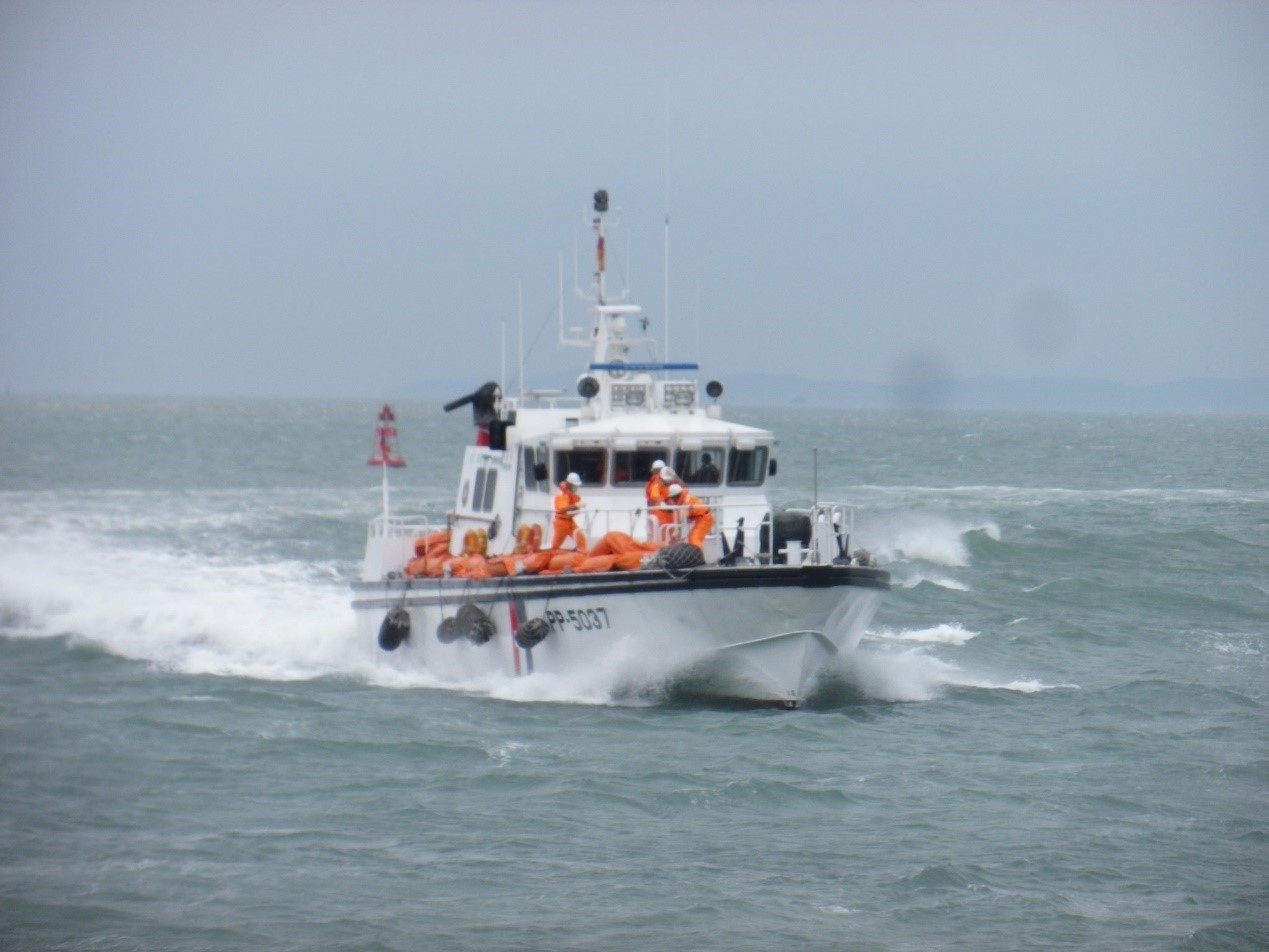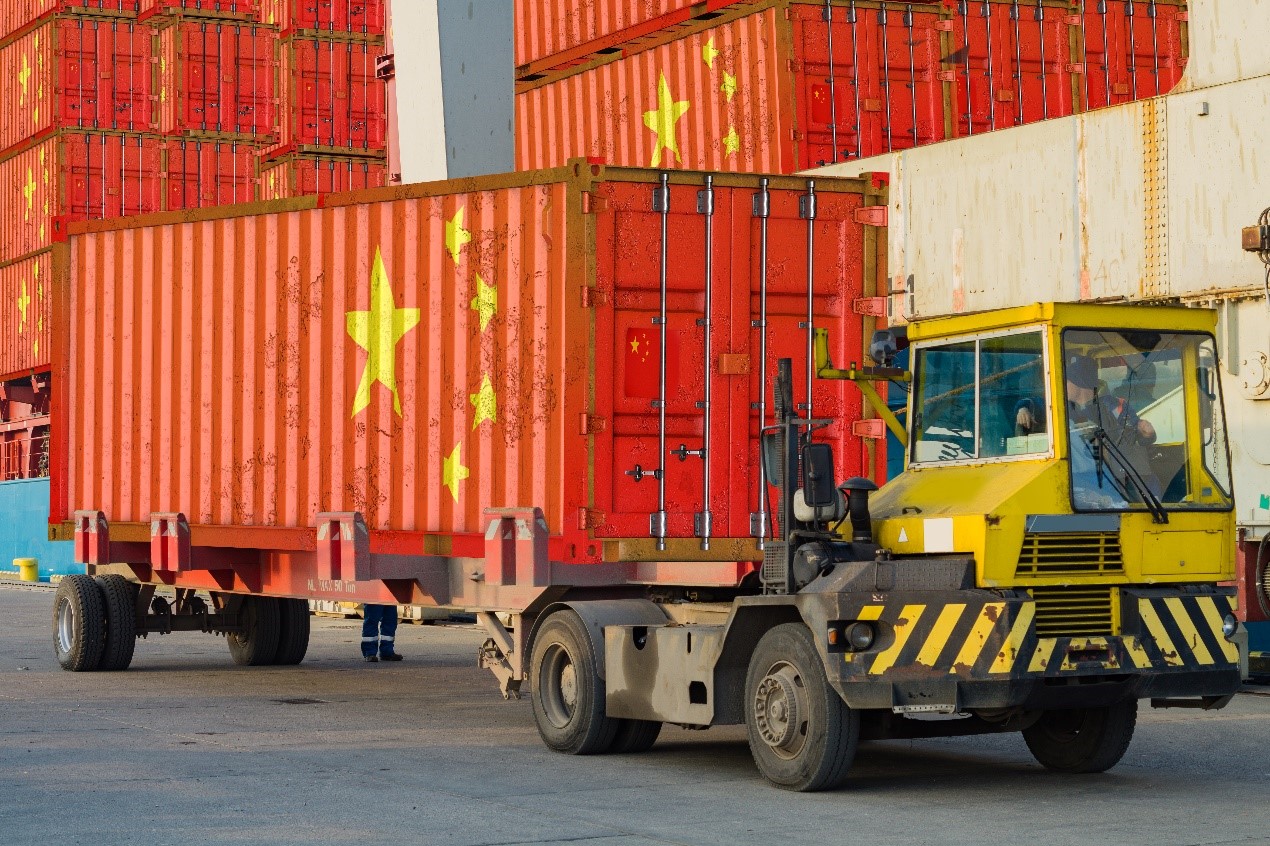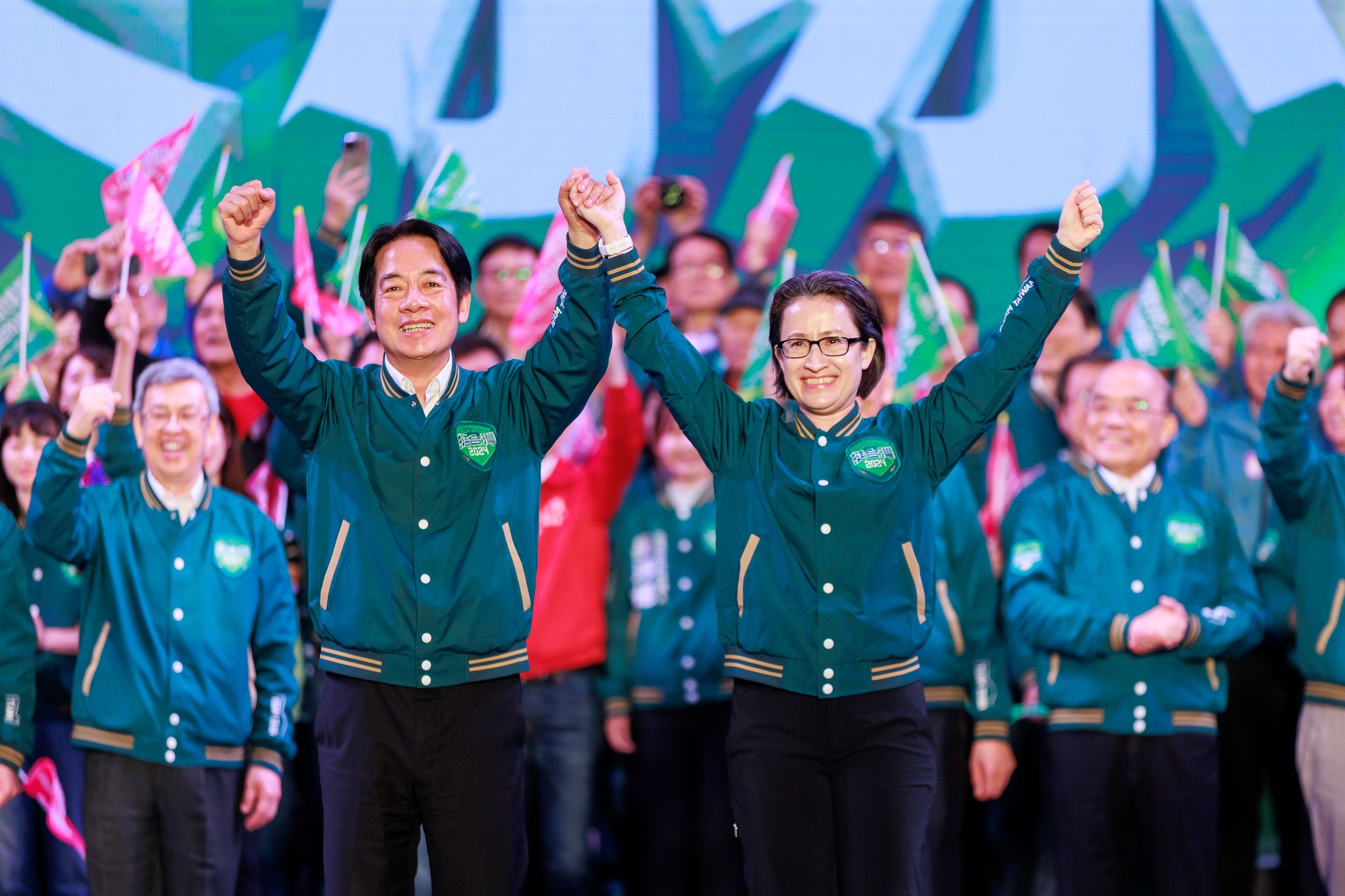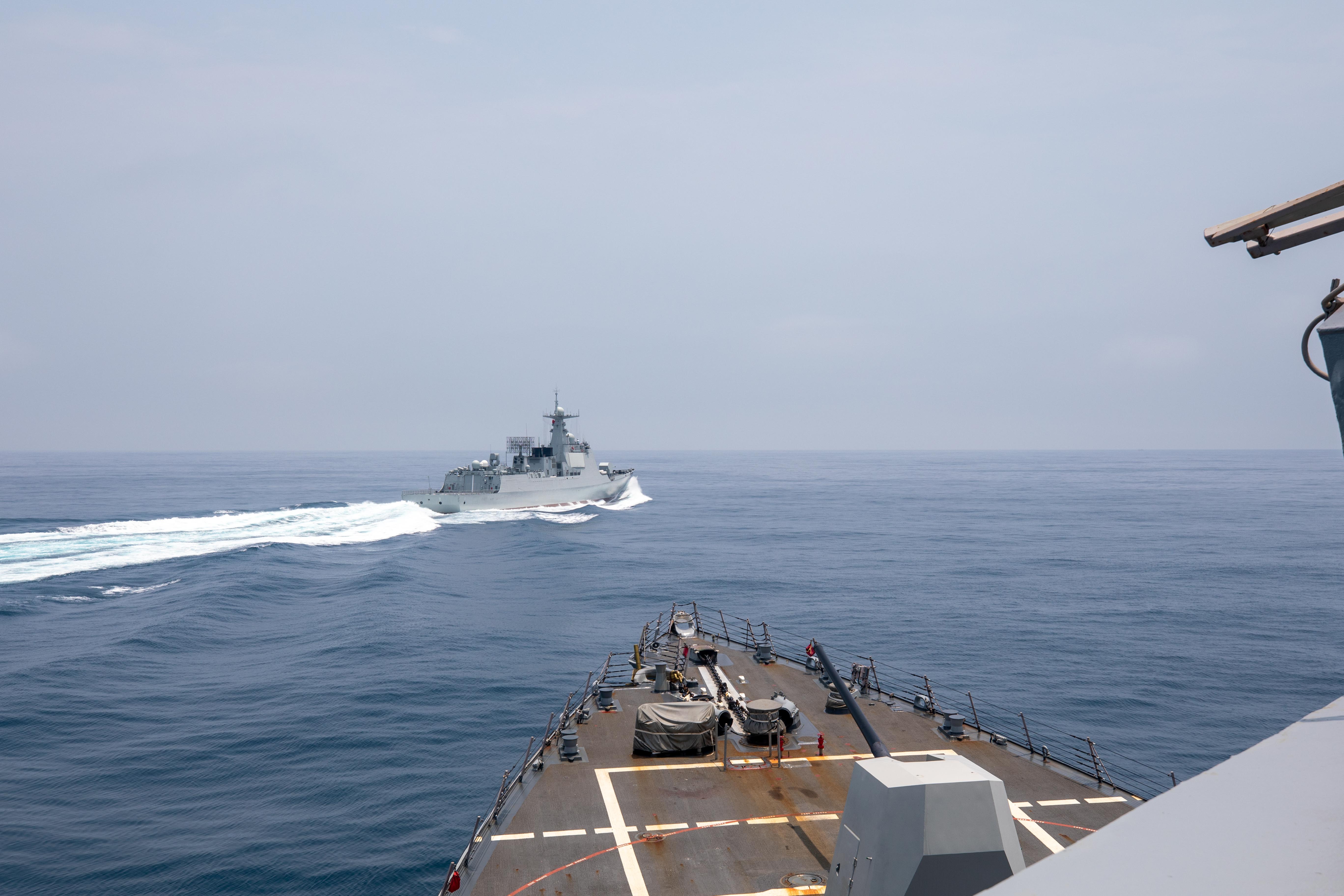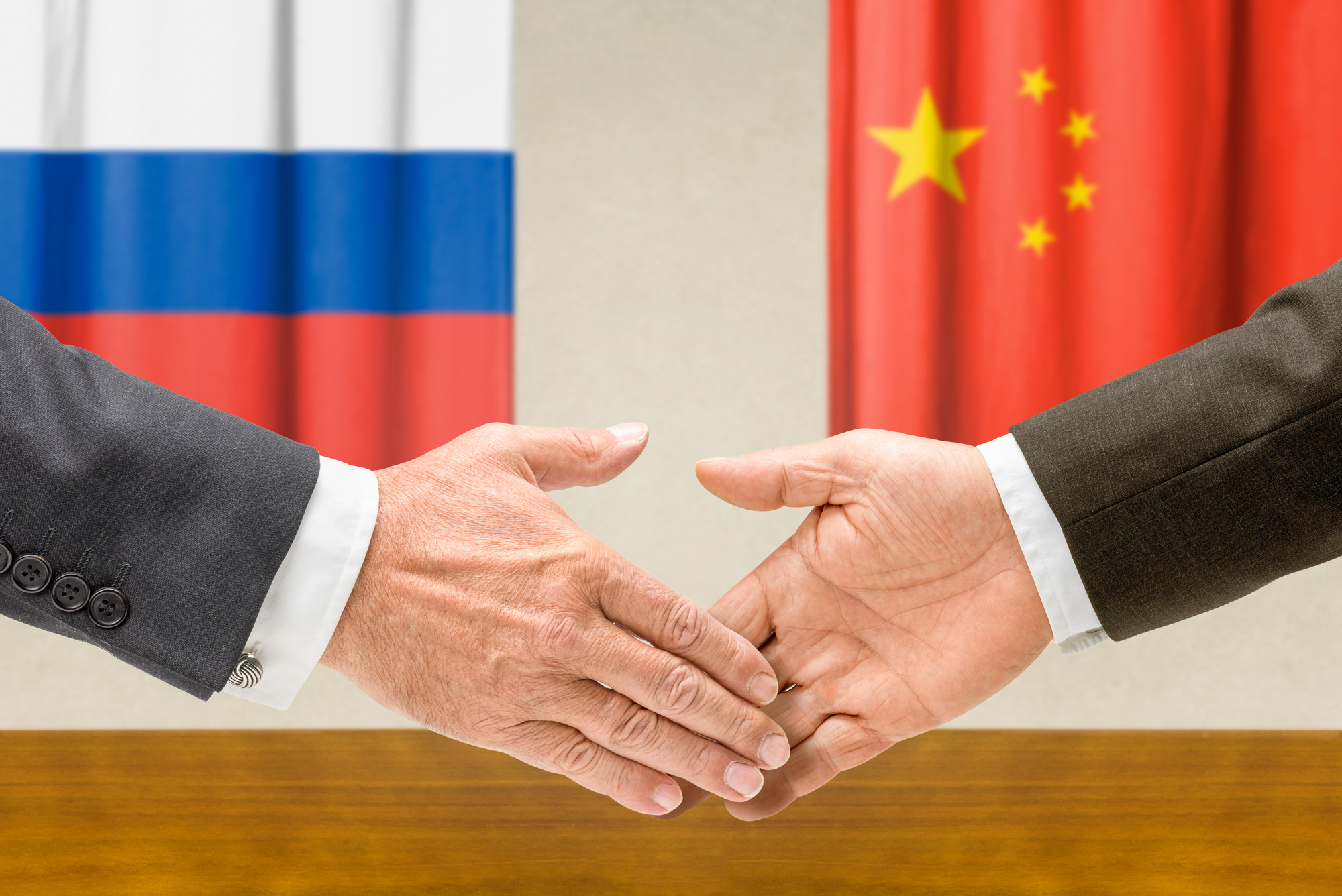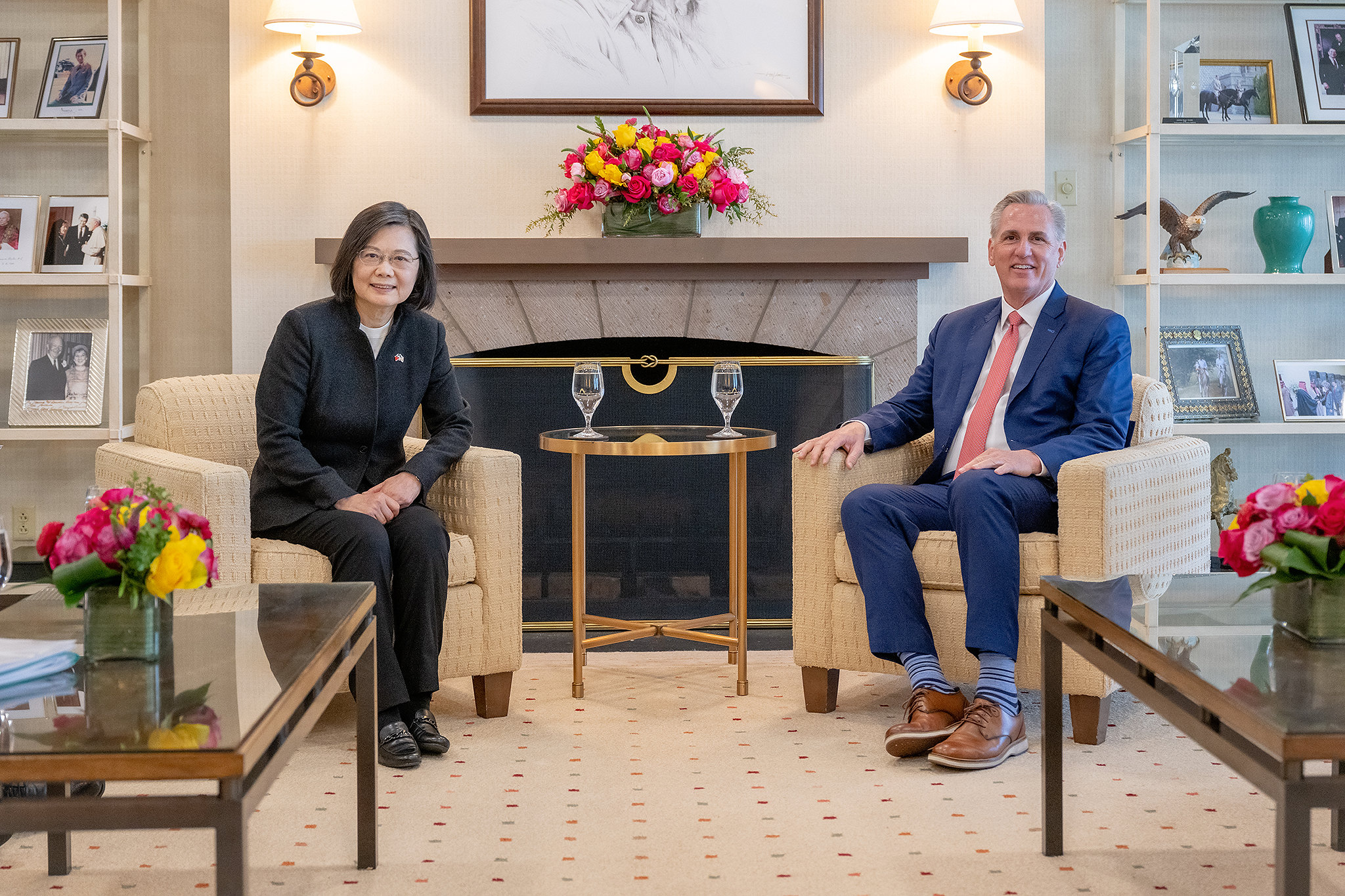China’s Digital Public Opinion Warfare Campaigns and Taiwan’s Countermeasures
Taiwan’s best strategy to fight back against disinformation is to capitalize on political changes in China and take action that benefits Taiwan. Taiwan must give the general public access to information that has been intentionally covered up by China. Picture source: geralt, Pixabay, https://pixabay.com/illustrations/cyber-attack-encryption-smartphone-5338472/
Prospects & Perspectives 2021 No. 62
China’s Digital Public Opinion Warfare Campaigns and Taiwan’s Countermeasures
By Ying-yu Lin
November 30, 2021
In 1919, Mao Zedong brought up the concept of “the masses’ combination,” which is considered to be the origin of the “united front” as we now know it. This later developed into a string of united front tactics that were characterized as more deceptive, tricky, and flexible. Because of their past outstanding performance, united front operations are still considered to be very important today.
Implications of communist China’s ‘three warfares’
The “three warfares” cover public opinion warfare, psychological warfare, and legal warfare. Initially, China regarded the Internet as part of media and a new technological application. Now that China has made substantial progress in the development of information technology and the application of such technology to a wide range of areas, Beijing has turned from passive defense to taking the initiative in this field. Tactical moves that had traditionally been used in the three warfares are now combined with information technology to multiply the effects of the warfares. Public opinion warfare especially is used more widely. Specially designed propaganda and its distribution among specific groups of people can better achieve the effect of inciting discord or dividing the public of a target nation.
As a competition for the control of collective consciousness, understanding, and willpower, public opinion warfare is intended to subdue the enemy without fighting. It takes advantage of the channels created by advanced technology and the modes of thought formed by public opinion to guide public sentiment toward a certain direction or manipulate it to the extent of achieving anti-government purposes. The result is victory without bloodshed. Unlike traditional warfare, public opinion warfare counts on various forms of media (television, radio, newspaper, and the Internet) to send messages to audiences (listeners and readers) according to a plan while taking the initiative to disrupt, neutralize and counteract public opinion offensives launched by adversaries, perhaps at the expense of covering up the truth altogether. The emotions, motives, subjective judgment, and behavioral choices of target audiences will be affected as a result, as will public sentiment.
China Public Opinion Warfare in the Digital Age
China’s cyber forces use the following methods to spread disinformation:
- Processing news for recirculation: News stories are “processed for recirculation back in Taiwan.” China’s content farms process Taiwanese news stories in a manner that turns them into half-false and half-true issues. These processed news stories are then sent back to Taiwan for large-scale recirculation, with the intent of creating confusion.
- Intentional spread of misinformation for specific purposes: Disinformation disguised as tips for dummies with “elder pictures” as cover images is spread from one Line group to another for the purpose of propagating lies. Line is a communication app highly popular in Taiwan. On this platform, a mere share button will make a message become viral and eventually make it hard to control.
- A selective juxtaposition of images and content unrelated to each other to convey certain messages: Methods like telling a story by looking at a picture, but only told in a twisted manner that leads to a mismatch between an image and the time and location of the event depicted in the image, are used to incite political groups to confront each other.
Anti-Three Warfares: Possible Countermeasures
Democracy and freedom are Taiwan’s core values. Nevertheless, Taiwan’s main adversary is now trying to subvert and divide its society and government by taking advantage of the democratic system and freedoms cherished by the Taiwanese. This does not mean that Taiwan needs to go back to the old days when the government utilized authoritarian measures to keep the people under tabs. If so, it would be a democratic regression. Furthermore, tight monitoring of the people would likely result in resistance and greater social instability.
In view of the overall situation, Taiwan should make more effort to keep public opinion going in the right direction by providing verified information and establishing rumor-debunking channels to reduce the spread of disinformation. The government should also make public, on a regular basis, its administrative performance and relevant information. It should also take the initiative to release rumor-busting tips for dummies while securing its communication channels—both domestic and with the outside world—to take the lead on information management. Spokespersons at government agencies should develop their public relations crisis management capabilities and establish links with traditional and social media to provide clarifications when disinformation is about to spread and to prevent its being manipulated to the point of sparking domestic unrest. A third-party fact-checking mechanism should also be established in cooperation with the civilian sector to increase credibility.Disinformation comes in different forms and covers a great variety of issues. There is also “composite disinformation,” the content of which may have to be jointly handled by multiple government agencies. It is therefore essential that a trans-departmental taskforce (or office) be created to handle responses. What should be avoided is a hasty response made for the sake of expediency, as this could be exploited by the opponent as an opportunity to exacerbate a sense of crisis. A trans-departmental taskforce bringing together relevant research institutes (preferably private think tanks with no official ties to the government or journalists) to form a “red team” that plays the role of the enemy competing with the taskforce in realistic scenarios. Such a taskforce would carry out various scenarios, and the government’s standard operation procedures (SOP) for the handling of disinformation would be adjusted accordingly to be able to respond quickly to emergency situations.
Conclusions
Taiwan’s best strategy to fight back against disinformation is to capitalize on political changes in China and take action that benefits Taiwan. In the face of disinformation campaigns from China, Taiwan generally does not have to respond with disinformation. Rather, it must give the general public access to information that has been intentionally covered up by China. Spreading propaganda through the media is now the norm, turning the media into the main battlespace between countries. Due to the popularization of Internet technology, digital technology-assisted public opinion warfare via the Internet is an area where nations will increasingly focus their efforts and attention. How to be one move ahead of the enemy, take precautionary measures, and take the initiative to control the commanding heights in digital public opinion warfare is also a subject for Taiwan to explore and discuss in the years to come.
(Dr. Lin is Adjunct Assistant Professor, International Masters Program in Asia-Pacific Affairs, National Sun Yat-sen University)

